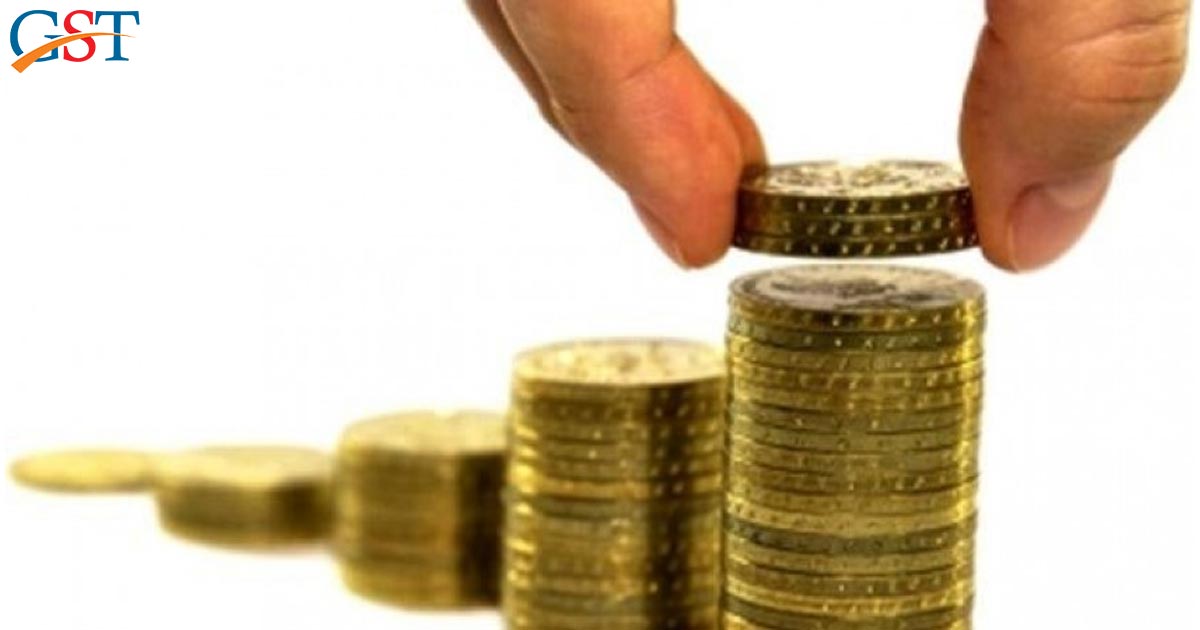After a steep downfall in GST Revenue collection in the month of February 2019, March has raised a flag to fetch an honour for the GST department and the Government as well by making a record collection in terms of revenue collection this month.
As per data, the GST collection in March has recorded a rise of 15.6% as compared to last year and the total collection has been recorded to hit a ₹1.06 trillion mark. This is the highest collection ever since GST has hit the Country’s tax palate on 1 July 2017.
“Total gross GST revenue collected in March 2019 is ₹1,06,577 crore, of which CGST (central GST) is ₹20,353 crore, SGST (state GST) is ₹27,520 crore, IGST (integrated GST) is ₹50,418 crore (including ₹23,521 crore collected on imports) and cess is₹8,286 crore (including ₹891 crore collected on imports),” the finance ministry said on Monday.
When we compare the data of Average GST revenue collection, we find that the Average monthly GST revenue collected during the period August-March 2017-18 was ₹89,885 crore which took a toll during the period April-March 2018-19 and has been recorded to be ₹98,114 crore. The Finance Minister has expressed his happiness and said that despite the various rate cuts which have been done in the GST tax for providing relief to the different segments, growth in the revenue collection has been witnessed since last few months. The GST Revenue collection for the FY 2018-2019 has been recorded to be ₹11.77 trillion. The Finance minister Mr Arun Jaitley through his Twitter account addressed and said that the figures which have been collected for the month of March reveal that there has been an expansion in the manufacturing and consumption area.
A difference in the filing of the summary returns the GSTR 3B form has been noted and the data is like; as many as 7.595 million GSTR 3B forms were filed till 31st March for the month of February which exceeds to 7.348 million a month ago.
“The steep increase in GST collections is quite a welcome outcome for the economy. Some major reasons for the growth could be reconciliations by businesses of outward and inward supplies, intelligent data analytics, related tax leakage detections and consequent GST payment by businesses,” said Abhishek Jain, tax partner, EY India.
The higher GST collection will reduce pressure on the centre emanating from compensation paid to the states for any revenue loss, said Devendra Kumar Pant, chief economist at India Ratings.
“Any surplus in the compensation cess account would be a bonus both for central and state governments,” he said.
The GST revenue collection has been recorded to be lying below the expected average of ₹1 trillion because of the several rate cuts and procedural hurdles. There were exceptional months in which the collection has been at par and they are April, October, January, and March.
The Government in the current interim budget has slashed the CGST revenue target by ₹1 trillion and is now fixed to ₹6.43 trillion. In this new target, the States’ share of revenue is excluded. The Government this time is targeting to collect ₹7.61 trillion tax revenue in 2019-20 which would include CGST, IGST, and compensation cess.
“It is worth noting that the projected growth in GST collections for 2019-20 is around 20% over 2018-19. Achieving this steep target would call for a substantial increase in the tax base by plugging the existing leakages, as room for an increase in tax rate seems limited,” said Pratik Jain, partner and leader indirect tax, PwC India.










